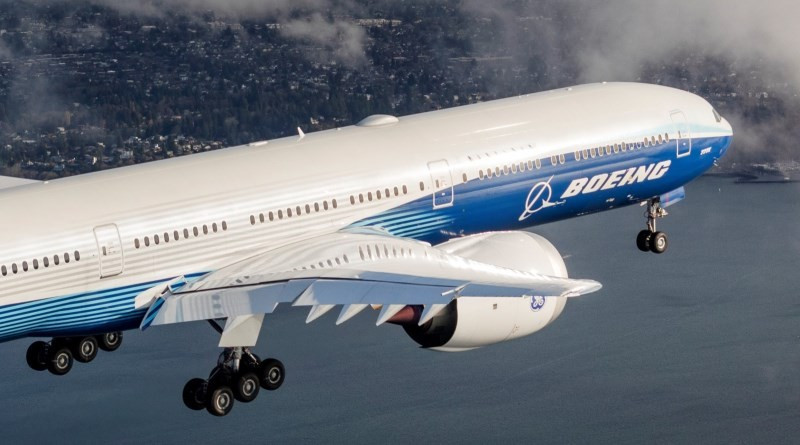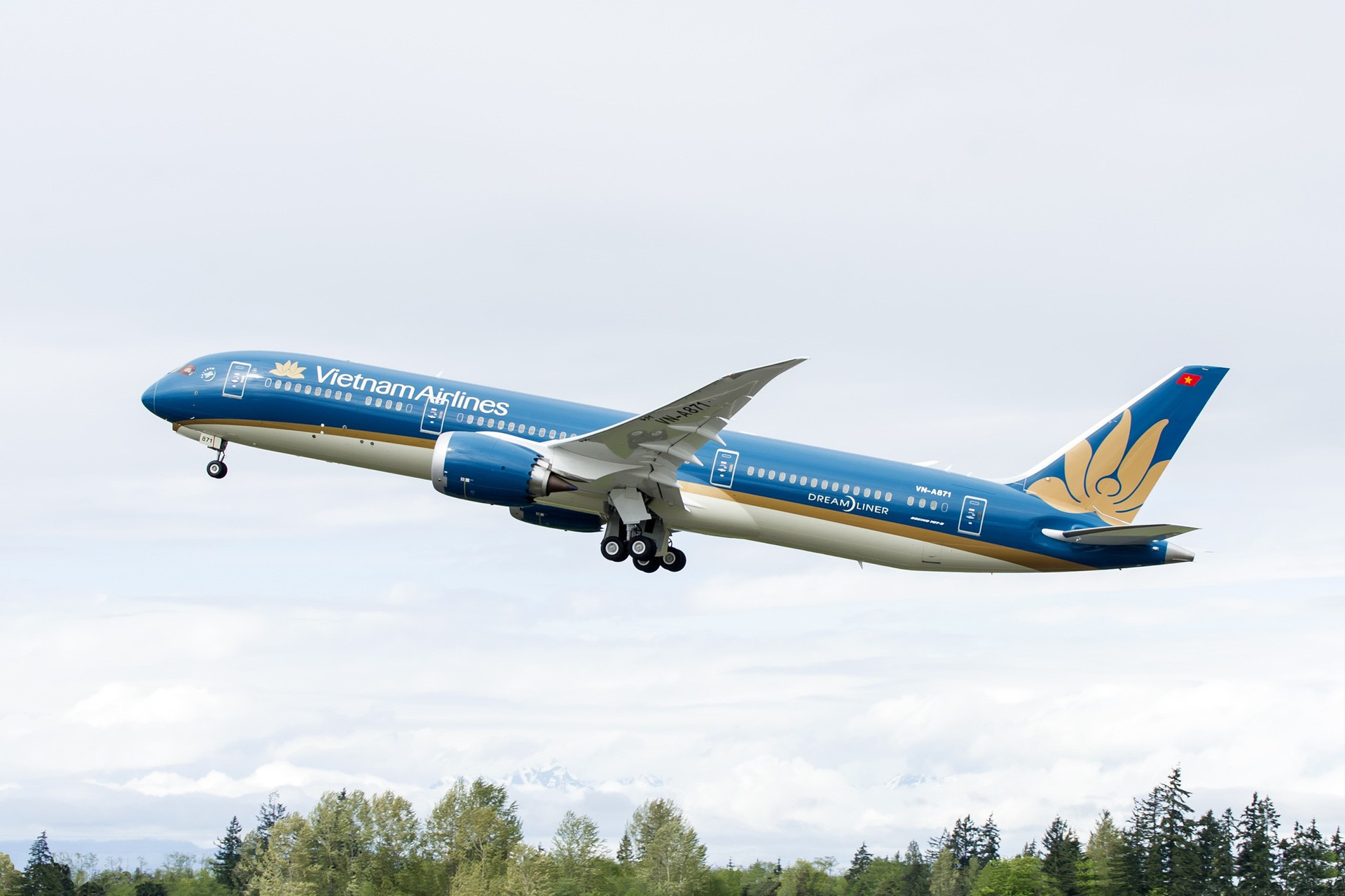The global air cargo services market is expected to grow from $56.48 billion in 2020 to $64.98 billion in 2021 at a compound annual growth rate (CAGR) of 15%
COVID-19 impact and recovery to 2030
The global air cargo services market is expected to grow from $56.48 billion in 2020 to $64.98 billion in 2021 at a compound annual growth rate (CAGR) of 15%.
Air Cargo Services Global Market Report 2021: COVID-19 Impact and Recovery to 2030 provides the strategists, marketers and senior management with the critical information they need to assess the global air cargo services market as it emerges from the COVID-19 shut down.
The growth is mainly due to the companies rearranging their operations and recovering from the COVID-19 impact, which had earlier led to restrictive containment measures involving social distancing, remote working, and the closure of commercial activities that resulted in operational challenges. The market is expected to reach USD99.67 billion in 2025 at a CAGR of 11%.
Asia Pacific was the largest region in the global air cargo services market, accounting for 40% of the market in 2020. North America was the second largest region accounting for 26% of the global air cargo services market. Eastern Europe was the smallest region in the global air cargo services market.
Asia pacific’s rebound
With the Pacific Rim driving most of the growth, air cargo demand has shown significant gains for the first time since the COVID-19 crisis surfaced last year.
Two leading industry associations have issued positive forecasts for 2021, with Boeing telling shippers it will produce aircraft to meet their future payload needs.
Preliminary 2021 traffic figures released by the Association of Asia Pacific Airlines (AAPA) showed that airline operations are still depressed, as the spread of COVID-19 variants resulted in tighter border restrictions in international as well as domestic markets across the world.
Nonetheless, air cargo demand keeps improving as world trade gains momentum. Growth in the e-commerce sector is keeping stride with the further recovery in the global manufacturing sector supporting air cargo markets, but the depressed passenger business is still a concern.

Asia pacific’s rebound
“Renewed efforts to contain COVID-19 through lockdowns and border restrictions have again affected international passenger demand, which remains close to a standstill”, says AAPA Director General, Subhas Menon. He adds that the uneven roll-out of vaccinations across the world will only delay the full reopening of borders.
“In this extremely challenging operating environment, airlines are struggling to survive. While some carriers are receiving financial support, further assistance would be needed for most of them to stay afloat, given that international borders remain largely shuttered".
Analysts for the International Air Transport Association (IATA) note that Asia-Pacific airlines saw demand for international air cargo fall 3.2% in January 2021 compared to the same month in 2019, but this was an improvement from the 4.0% fall in December 2020.
Furthermore, the region’s airlines reported the highest international load factor at 74.0%.
“Air cargo traffic is back to pre-crisis levels and that is some much-needed good news for the global economy”, says Alexandre de Juniac, IATA’s Director General and CEO. “But while there is a strong demand to ship goods, our ability is capped by the shortage of belly capacity normally provided by passenger aircraft”.
That should be a sign to governments that they need to share their plans for restart, so that the industry has “clarity” in terms of how soon more capacity can be brought online, adds de Juniac.
Amid all the gloom and doom in the passenger sector, one of the world’s largest aircraft manufacturers sees a silver lining – particularly in Southeast Asia.
Analysts working in Boeing’s Singapore’s office anticipate airlines in Southeast Asia will need 4,400 new airplanes valued at USD700 billion to support expanding demand over the next 20 years.
The intra-Southeast Asian market will become the fifth largest in the world by 2039, and the vast domestic and regional air network across the region positions it well for a post-pandemic recovery, according to Boeing’s Commercial Market Outlook.
Boeing predicts that the region’s commercial airplane fleet will grow 5.3% annually over the next 20 years. In addition, demand for aftermarket commercial services – valued at USD790 billion – will help maintain the fleet over the same period.
“We project the need for 43,110 new commercial airplanes and the demand for aftermarket services to be equivalent to USD9 trillion over the next two decades,” says Darren Hulst, Boeing vice president of Commercial Marketing. “Freighters will remain the backbone of the cargo industry with the need for 930 new and 1,500 converted freighters during the same span”.
This comes as welcome news to IATA, which notes that a third of Pacific Rim trade by value is dependent on-air cargo: “This high value commerce is vital to helping restore COVID-19 damaged economies – not to mention the critical role air cargo is playing in distributing lifesaving vaccines that must continue for the foreseeable future”.



.png)




.png)


.png)
.png)


